Obedience Training :: Walking to Heel
In the first lesson at Aylwards Dog School, Mike and his team show you how to train your dog to comfortably walk beside you on a loose lead (walking to heel). To effectively train your dog, you will need to practice the following lessons during the first week of training:
- Walking to heel in a straight line with a loose lead.
- About turn to heel
- Turning left to heel
- Turning right to heel
- Finishing a lesson – turn to the right at heel with the command finish and lots of praise!
- Leave! The command used for your dog to leave that interesting smell or distraction and focus on you.
Please NOTE: These training notes are only intended for Aylwards Obedience Course participants who attend classes at the Dog School under the guidance of qualified dog trainers. They are not full instructions on how to train your dog to walk to heel. If you would like to train your dog to walk to heel, sit, down, stay and come, please enrol in our next Dog Obedience Course.
Practice Sessions (Homework)
- It is recommended that you spend at least 10 minutes each day practicing the lessons taught during class at Aylwards.
- If you can, try practicing your walking to heel lesson with your dog in different locations each day. Initially practice in a quiet area with no distractions, then advance to locations with more distractions and noises towards the end of the week. This will help your dog to listen to you in different situations with varying distractions around them.
- Your dog will become more responsive to you with each practice session. The more you practice, the better you and your dog become with the lesson. However, aim to keep your lessons short with a maximum of 30mins.
- Remember to rest your dog and look for signs of heat stress if you are practicing on a hot day.
How to hold your lead.
Between classes, you should be training your dog on a flat collar with a 6 ft strong lead that has a hand loop on the end.
- Slip your right hand through the loop at the end of the lead and rest the loop on your wrist. (see picture below)
- Loop the lead over your thumb, and adjust the length of the lead so that there is a slight curve & slack in the lead when your dog is beside you. Secure this adjustment to the lead length by holding the lead firmly in your right hand.
- When training your dog, ensure that you keep your right hand rested on your belly or on your belly button. Never pull on the lead because your dog will only pull away from you when you do! 🙂
- Your left hand should not touch the lead during training! Only use your left hand to encourage your dog by patting your left leg or to check your dog into the correct heel position.
- Remember: If there is tension on the lead, the dog will pull against or away from that tension. Always work with a loose lead with lots of encouragement with your voice and your left hand.
Training tips for Walking to Heel
Here are some tips to reinforce the lessons you would have learned in the Walk to Heel class during the weekend:
- Correct Position of your Dog: Your dog should be walking close to your left leg, with their shoulders in line with your left leg as you walk. The lead must be loose and held only in your right hand. Try to remember to keep your left hand off your lead.
- Talk to your dog: Positive encouragement is the key to getting your dog to walk to heel on a loose lead. Constantly talk to your dog while you are practicing by encouraging them close to your leg with “Good boy/girl!” “Such a clever dog!” Talking to your dog and encouraging them with voice prepares you and your dog to work effectively together during off-leash obedience work. It is a great habit to form and also helps the bond between you as a team.
- Do not use their name! Try not to use their name or the word “Come” when talking to your dog during training. You only use their name and “Come” during the Recall lesson at the end of the course.
- Pat your left leg: Patting your leg with your left hand is an encouraging gesture and a physical cue for your dog to reinforce your vocal encouragement and commands initially.
- Step off with your left leg: Always step off with your left leg as this teaches your dog to follow your leg as a cue to walking beside you to heel.
- Pre Command your Dog before turning: Before turning left, right or doing an about turn, make sure you give the command “Heel!”, then make your turn.
- Never pull the lead! Avoid the temptation of pulling your dog around turns or using the lead to guide them left or right. The more you pull on your lead, the more your dog will react by pulling away from you. Encourage your dog close to you with your voice and physical cues
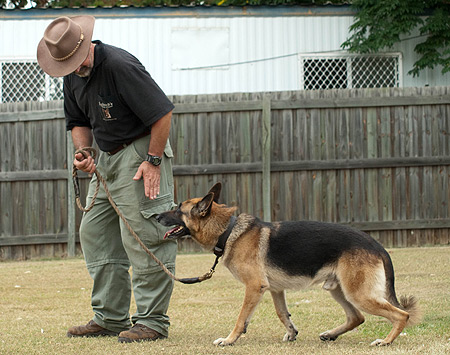
Do not pull the lead if your dog is lagging behind you! Encourage with your voice & by patting your left leg with your left hand.
When to Check / Correct your Dog.
You would not be ‘jerking or pulling’ your dog around with the lead while you are training. Your lead must always be loose, held only in your right hand and the dog responsive to:
- your vocal commands of “Heel!” – always remember to pre-command your dog before you turn left or right.
- your vocal encouragement – “Good boy / good girl!”
- physical cues of patting your left leg & stepping of with your left foot.
A correct check on the lead for walking to heel is:
- proceeded by a vocal command “heel” or “leave”
- a short, sharp tug on the lead, across your body from left to right at the dogs height.
- you may use your left hand to correctly check your dog. This is the only time your left hand should be on the lead.
Applying constant pressure on the lead by pulling the dog back towards you is not a correct check on the lead. This will only result in your dog pulling against you. If you are constantly talking to your dog and using consistent physical cues, your dog should happily follow you and enjoy the lesson.
You should check your dog when:
- the dog has failed to respond to your vocal command of “heel” or “leave”
- your dog turns wide when you are turning left, right or about turn. Your dog should be close to your leg.
- your dog leaves your side to investigate a distraction. Always use the command “leave” for this instance.
Advanced Walk to Heel Practice
As you and your dog become proficient with walking to heel, you can add the following exercises to your walking to heel practice sessions:
- Figure of Eight: Walk your dog to heel in a figure of eight. This will assist to reinforce the lesson of walking beside you with subtle changes of direction
- Slow walk: Walk slowly with your dog and ensure they are remaining at your side.
- Fast walk / half run: Pick up the pace with your dog and ensure they remain at your side.
Questions?
If you have any questions about walking to heel, please add your questions below & we will be happy to answer them! Best of luck with your training this week and we look forward to seeing all of our Obedience Course participants next weekend for the Sit lesson. 🙂
Category: Training Notes


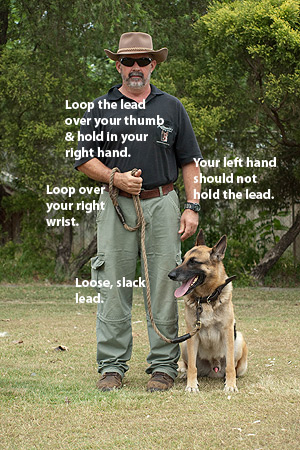



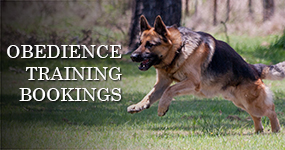
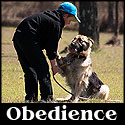
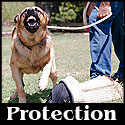

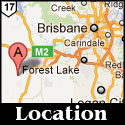

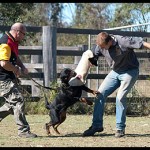
Hi, I’m just wondering if this is for dogs of all ages or if you mainly work with younger dogs.
Thanks
Hi Stefanie,
Thank you for your message!
Our Obedience course is suitable for dogs aged from 6 months. No dog is too old to learn 🙂
Cheers,
Teale